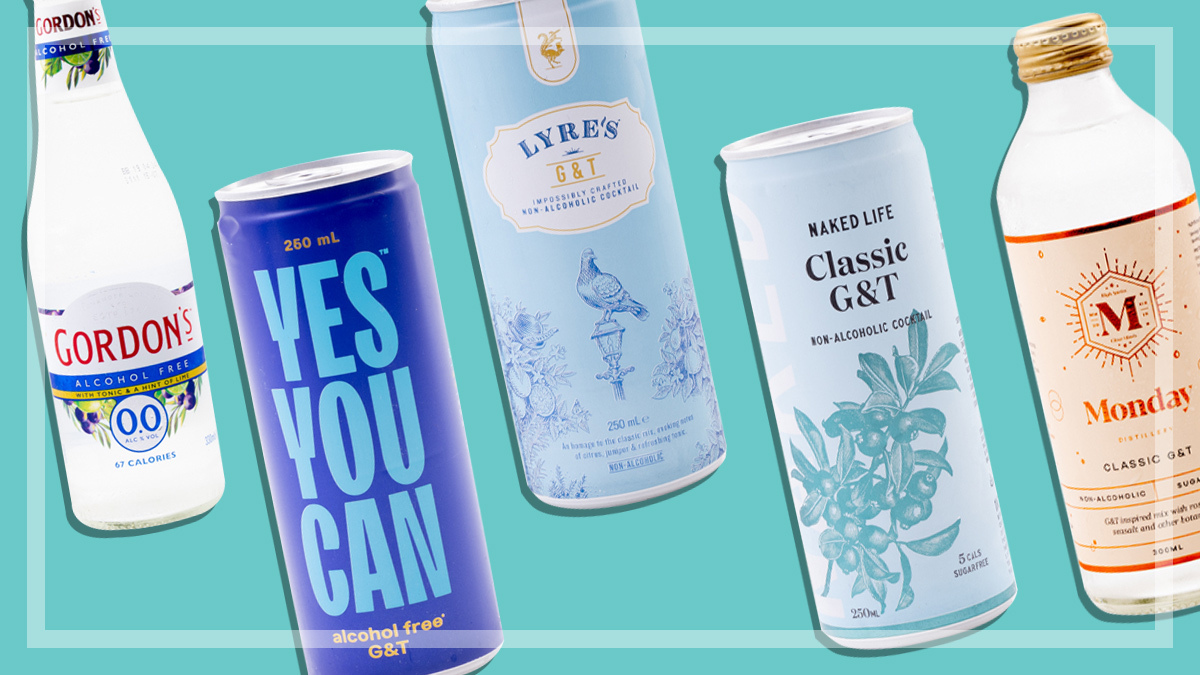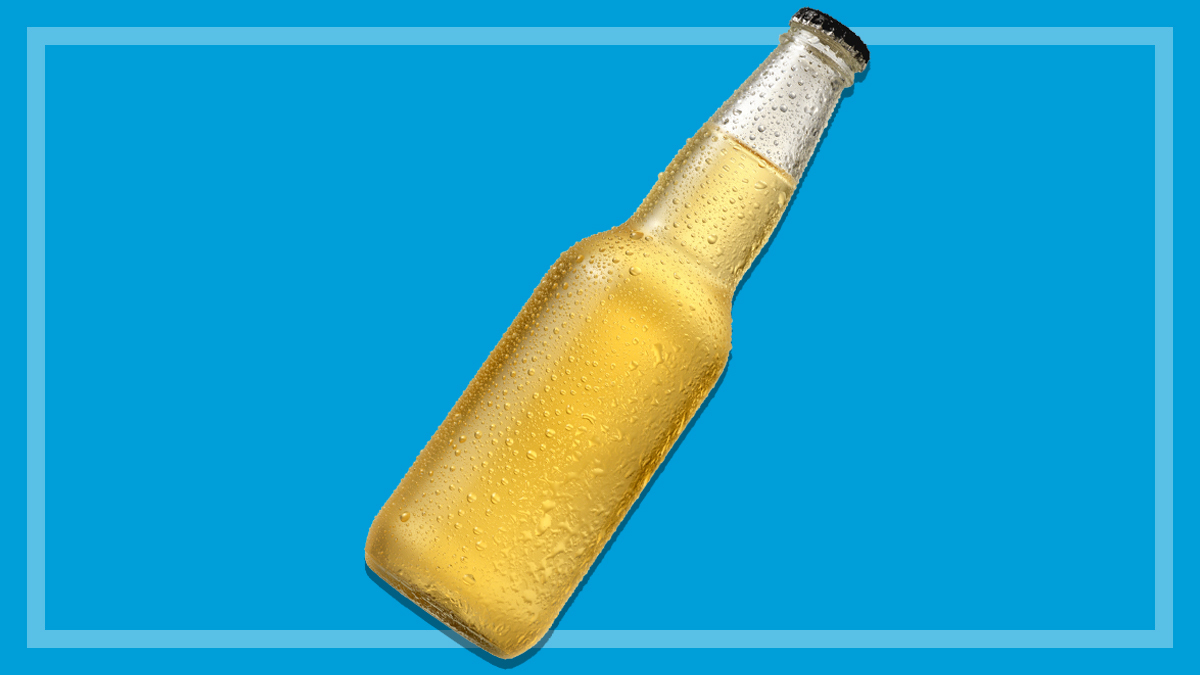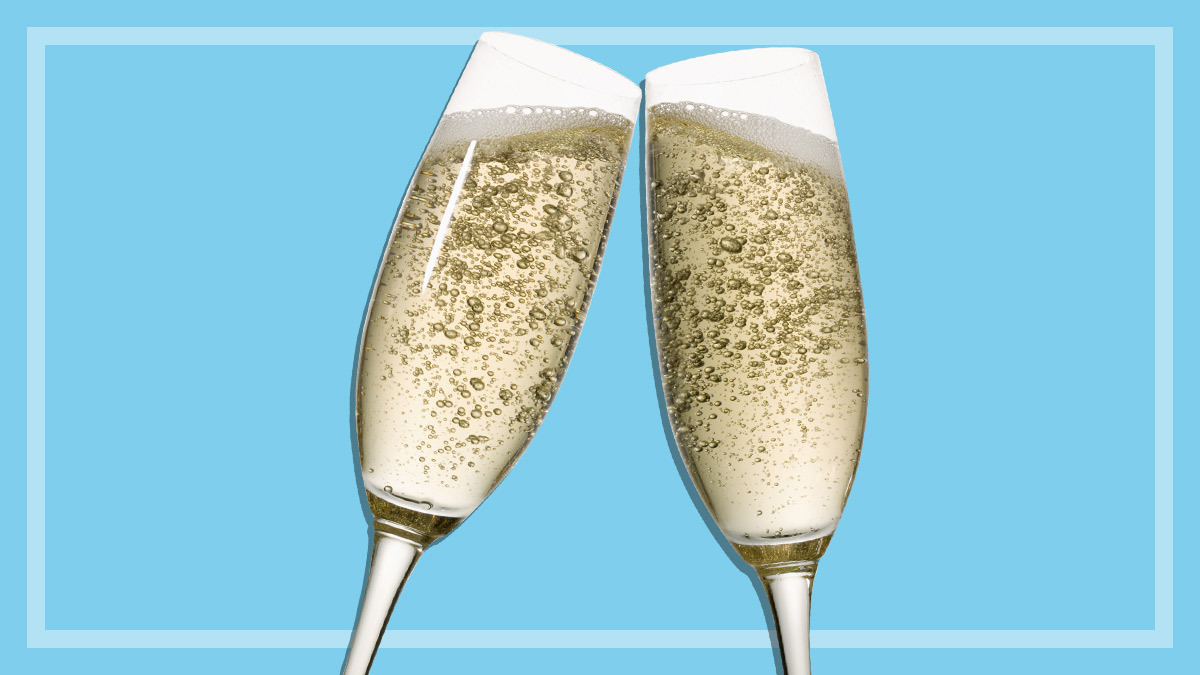How to buy the best cider
The in-cider scoop on apple and pear cider in Australia.
Last updated: 3 Nov 2016
Cider has us all a-fizz right now. Whether you’re after sweet, sparkling, English-style, or a dry French drop, the Australian cider market is large enough to accommodate almost every taste.
On this page:
Australia’s cider industry has been brewing up a storm over the past five years, turning over $310 million in revenue in the last 12 months and achieving 11.4% annual growth across the sector.
Despite an overall drop in total alcohol consumed over the past five years, figures from the Australian Bureau of Statistics, show that total cider consumption in Australia has more than doubled. And research group IBISWorld predicts that revenue will grow at 5.5% over the next five years to more than $400 million by 2021.
Cider styles
- French-style ciders typically undergo a traditional process known as keeving – the removal of nutrients from the juice – followed by a long, slow fermentation resulting in a naturally sparkling, sweet, clear, full-flavoured cider that tends to be low in alcohol.
- English-style generally refers to the flavour and mouthfeel of English West Country cider made from true English cider apple varieties. These tend to be rich in tannins, resulting in cider with high levels of astringency and bitterness.
- Sparkling or still – many of the more traditional varieties of ciders are still, but sparkling ciders are more common. Bottle-conditioned or méthode champenoise ciders have undergone a secondary fermentation in the bottle to create the bubbles. Other methods of carbonation include adding carbon dioxide.
- Dry or sweet – a dry cider is achieved by fermenting the juice until most sugars have converted to alcohol. Sweet ciders can be achieved by adding sugar syrups or by pasteurisation, ultra filtration or slow fermentation. The flavour of naturally sweet cider tends to be fruitier since the sweetness is derived from unfermented juice rather than from added sugar.
What is cider made from?
Broadly speaking, cider is an alcoholic beverage made from apples, but you can’t assume all ciders are produced from 100% apple juice. A 2004 survey of English ciders found that the typical apple juice content of a cider at the time was just 30%. The lowest juice content found was just 7%.
Traditionally ciders were made from pure juice, but many modern ciders – generally the more commercial, mass market products – are produced from fermented sugar solutions and apple juice concentrate, diluted with water. This is because:
- sugar and water is cheaper than pure apple juice
- apple supply is seasonal, and using concentrates means cider can be made throughout the year
- water may be needed to dilute cider to a specific alcohol level.
When apple juice is fermented to cider, the alcohol level will be dependent on the style (eg sweet or dry) and the original sweetness of the apples (which is variable). Bigger producers in particular often want a product with a consistent alcohol level to meet product specifications, and may use water to achieve this.
Cider, by definition
For tax purposes, the Australian Tax Office defines cider or perry (AKA pear cider) as a beverage that is the product of complete or partial fermentation of the juice (or must) of apples or pears – and this includes juice that is reconstituted from concentrate.
But this definition doesn’t necessarily tally with people’s expectations of what a cider should be. And it doesn’t take into account the flavoured ‘cider’ products which have recently flooded the market and which have more in common with alcopops than traditional cider.
Related
Rachel Clemons is an award-winning journalist who worked at CHOICE from 2004–2022.
During her time at CHOICE her core focus was on food and nutrition, from reviewing breakfast cereals and fast food to dispelling myths about the benefits of detox kits and gourmet salt or translating confusing food labels – with the occasional taste test thrown in for good measure.
Prior to CHOICE she lived overseas, working predominantly in hospitality when she wasn't travelling and eating her way through various cuisines. She holds a Master of Science in Nutrition from King's College London (where she also researched and wrote for CHOICE's UK sister organisation, Which?), and a Bachelor of Science, Health Sciences from the University of Adelaide.
In 2017 she won the Dietitians Association of Australia's Nutrition Journalism Award and she's currently on the Steering Committee as a Parent Member of Parents' Voice.
You can find her on Twitter and LinkedIn.
Rachel Clemons is an award-winning journalist who worked at CHOICE from 2004–2022.
During her time at CHOICE her core focus was on food and nutrition, from reviewing breakfast cereals and fast food to dispelling myths about the benefits of detox kits and gourmet salt or translating confusing food labels – with the occasional taste test thrown in for good measure.
Prior to CHOICE she lived overseas, working predominantly in hospitality when she wasn't travelling and eating her way through various cuisines. She holds a Master of Science in Nutrition from King's College London (where she also researched and wrote for CHOICE's UK sister organisation, Which?), and a Bachelor of Science, Health Sciences from the University of Adelaide.
In 2017 she won the Dietitians Association of Australia's Nutrition Journalism Award and she's currently on the Steering Committee as a Parent Member of Parents' Voice.
You can find her on Twitter and LinkedIn.






